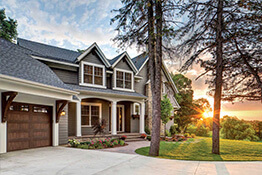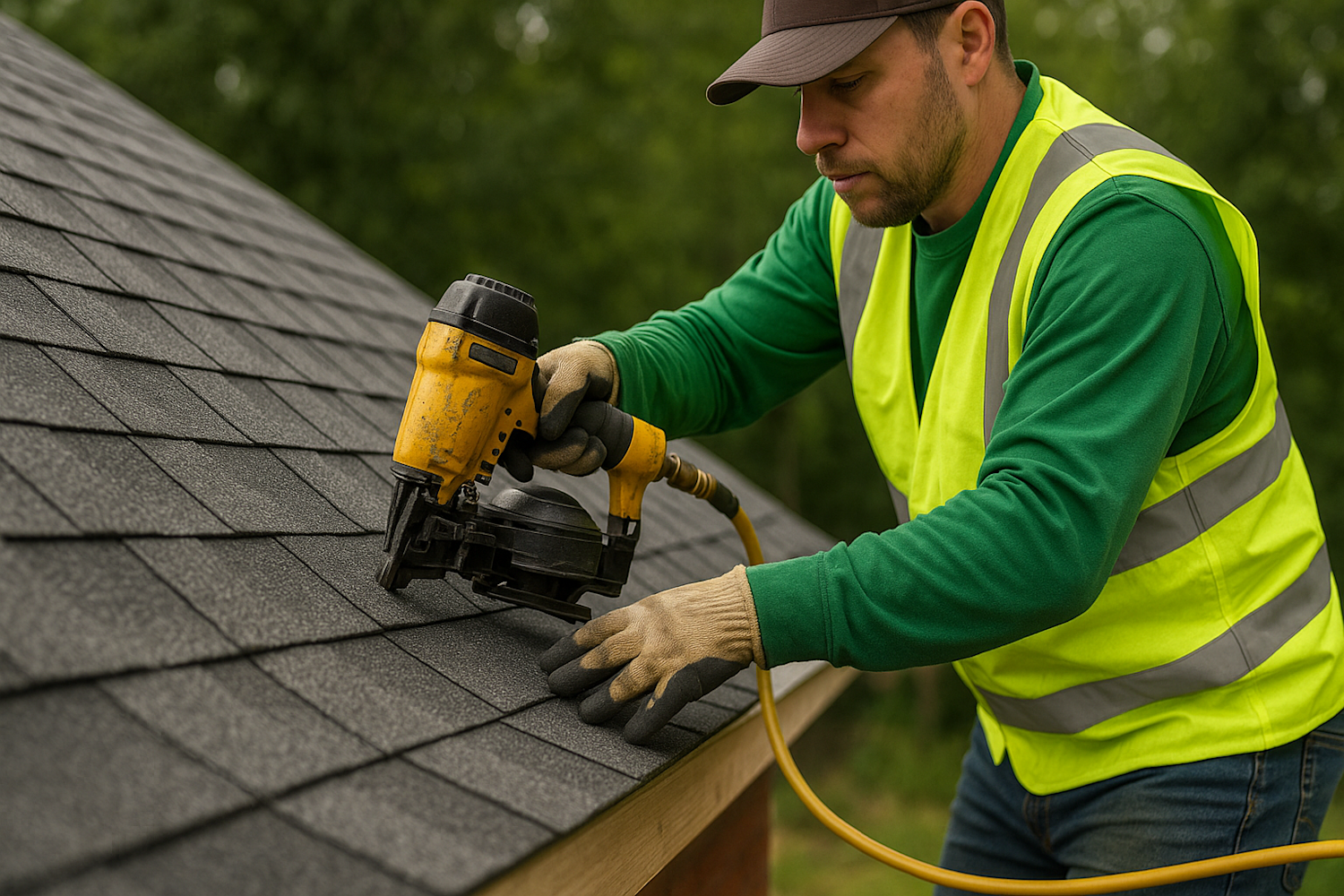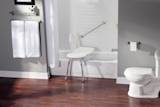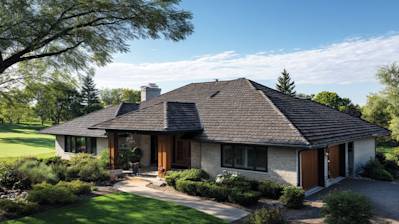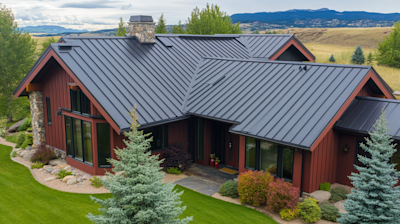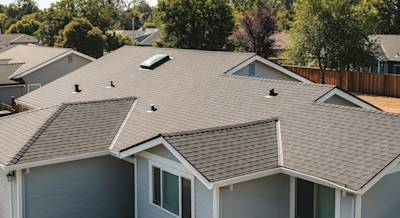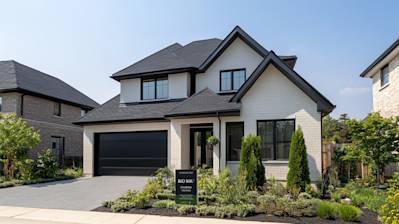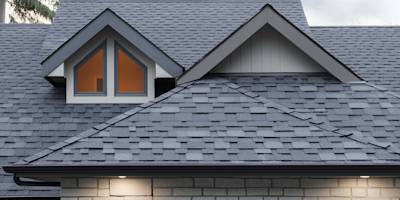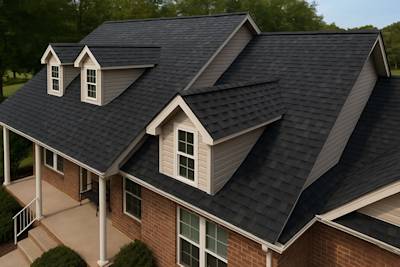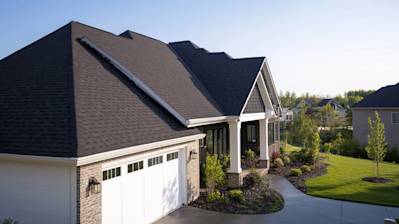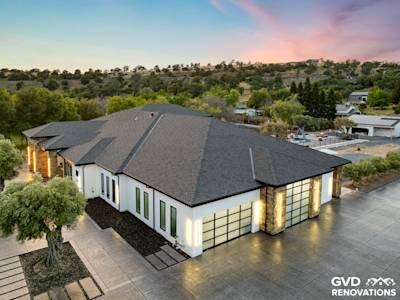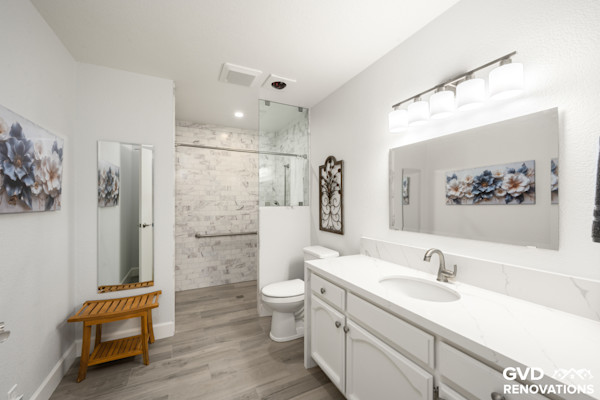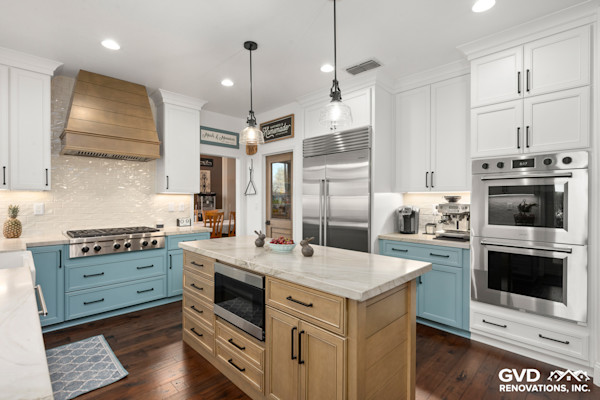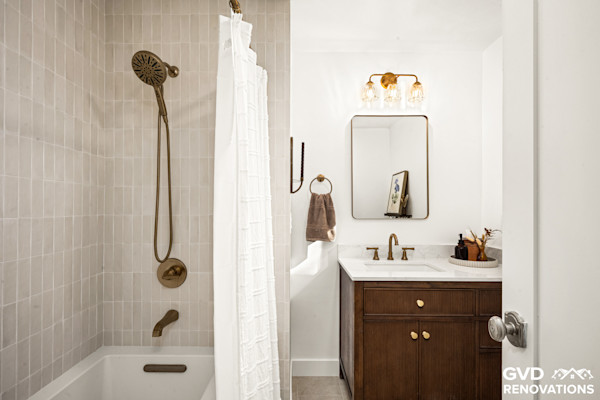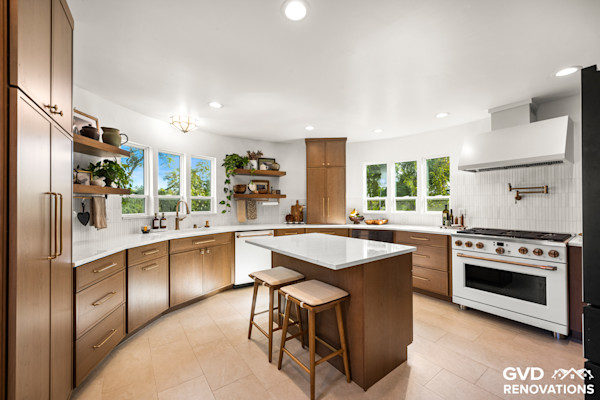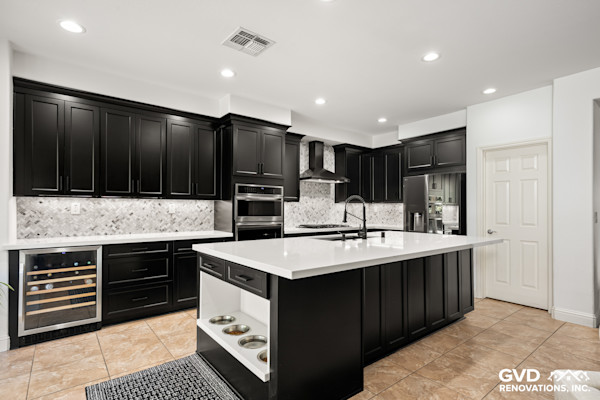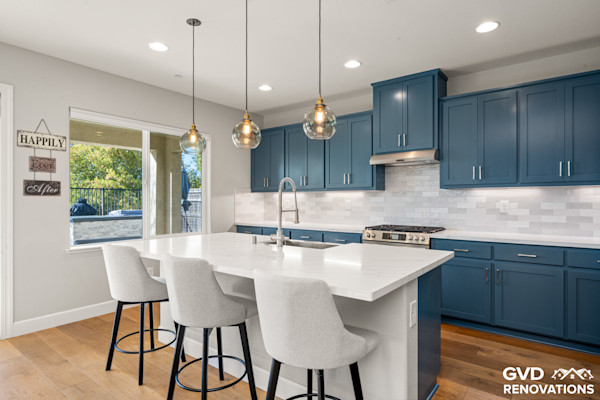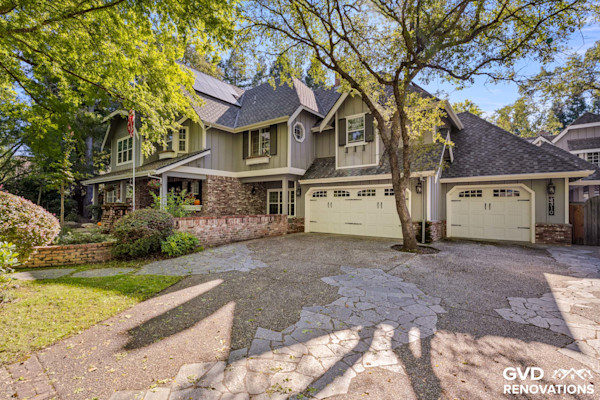The face of roof construction has seen major advancements in recent years and at the forefront of these developments sit composite roof shingles. Composed mainly from a blend of fiberglass, recycled materials, and asphalt, their durability, aesthetics, and broad range offer solutions for various roofing needs. This detailed guide will take you through intricate aspects of composite roof shingles.
Understanding Composite Roof Shingles
Designed to mimic the appearance of other materials like cedar or slate, composite roof shingles, otherwise known as synthetic shingles, have carved a niche for themselves in the construction industry due to their superior features and cost-effectiveness.
What are Composite Roof Shingles Made Of?
Composite roof shingles are typically manufactured using a range of materials. These include:
- Fiberglass
- Asphalt
- Recycled paper products
- Plastic polymer
Employing a combination of these materials results in a roofing product that maintains a high level of resistance against weather elements while mimicking the aesthetics of traditional roofing materials.
Types of Composite Shingles
When choosing composite shingles, an understanding of the types available is key. They're broadly divided into three:
- Composite slate shingles: Mimic the look of authentic slate but are lighter and more durable.
- Composite shake shingles: Replicate the appearance of cedar shakes, providing the rustic wood look without the vulnerability to fire or rot.
- Composite tile shingles: Offer the aesthetics of traditional clay or concrete tile roofs but are much lighter and easier to maintain.
With this range, composite shingles cater to diverse stylistic and aesthetic requirements while keeping structural integrity and durability intact.
Key Features of Composite Roof Shingles
Recognizing the key features of composite shingles can help homeowners and builders understand why they offer such excellent value. These features include:
- Durability: Composite shingles have high resistance to weather elements and can last for several decades with minimal maintenance.
- Fire Resistance: They have high fire resistance ratings, which can contribute to the overall safety of the property.
- Versatility: Thanks to modern manufacturing techniques, composite roof shingles can mimic a range of traditional roofing materials, offering versatility in aesthetics.
- Lightweight: These shingles are lighter compared to natural roofing materials, eliminating the need for additional structural support.
- Ease of Installation: Due to their lightweight nature and design flexibility, composite roof shingles are easier to install compared to their counterparts.
Costs and Savings
Though the initial cost of composite shingles might seem high, their long-term benefits often outweigh the initial investment. By opting for composite shingles, homeowners can save on future maintenance, repair, and replacement costs, which makes this roofing solution a cost-effective choice in the long run.

Frequently Asked Questions about Composite Roof Shingles
What materials are used in the manufacturing of composite roof shingles?
Composite shingles are made from a variety of materials. Usually, these are a mix of fiberglass, asphalt and recycled plastics, or a blend of recycled materials like wood, paper, and fiber cement. As these are combinations, each manufacturer's blend tends to be unique, which gives variety to the options available on the market.
What are some popular brands that manufacture composite roof shingles?
Many different companies manufacture composite shingles. Some of the most well-known brands include CertainTeed, GAF, Owens Corning, IKO, and Tamko.
How long does a composite shingle roof last?
Composite shingle roofs are known for their durability and longevity. A high-quality, well-maintained composite shingle roof can last between 30 to 50 years, which is significantly longer than traditional roofing materials.
How does the installation process of composite roof shingles typically work?
The installation process of composite roof shingles is similar to other roofing materials. First, the old roofing materials are removed, and the roof deck is prepared. Next, a roofing underlayment is installed to serve as a barrier against water and wind. The composite shingles are then nailed down in an overlapping pattern. Lastly, the edges of the roof are finished off with trim shingles.
Do composite roof shingles require special maintenance?
Composite roof shingles require little maintenance compared to other roofing materials. They are resistant to mold, mildew, and algae, and can withstand extreme weather conditions. However, like all roofs, it's recommended to have routine inspections and maintenance to ensure longevity of the roof.
Can you paint composite roof shingles?
Yes, you can paint composite roof shingles. However, research must be done beforehand, as you need to find a paint product specifically designed to adhere to your composite shingles' material for optimum results.
How do composite roof shingles fare in different weather conditions?
Composite shingles are particularly robust in all weather conditions. They can withstand heavy rain, strong winds, snow loading, and even extreme heat. Due to this, they are a popular choice in many climates.
Are composite roof shingles eco-friendly?
Credited for their use of recyclable materials, composite roof shingles are typically regarded as environmentally friendly. Moreover, their long lifespan means fewer resources are used in the long run, and with their ability to be recycled at the end of their life, they can result in less waste.
How can identify damage to composite roof shingles?
Take note of missing, cracked, or curling shingles, spots where the granules have worn away or bald spots, and areas where moisture or mold growth is apparent. Make sure to have a professional inspection if you observe these signs to determine the next best steps.
Can composite roof shingles be recycled?
Yes, many types of composite shingles can be recycled. It depends on the materials used in their manufacture, so it’s best to contact the manufacturer or a local recycling facility for more information.
How do composite roof shingles compare in cost to other roofing materials?
Though generally more expensive upfront than traditional roofing materials like asphalt, composite shingles often prove to be cost-effective in the long run because of their durability and minimal need for repair or replacement. With a longer lifespan, they can provide better value for money.
Are composite roof shingles flame resistant?
Composite roofing materials generally have a high fire resistance rating. They are typically constructed with synthetic materials that make them more fire-resistant than traditional wood or asphalt shingles. However, it’s vital to check with the shingle manufacturer regarding specific fire ratings.
What aesthetic options are available with composite roof shingles?
Composite roof shingles come in many styles, colors, and textures. They often mimic other types of materials such as slate or wood to give the desired look. This range in aesthetics means there's bound to be a composite shingle that matches your property's style.
How energy efficient are composite roof shingles?
You can increase your home's energy efficiency with composite roof shingles. Many composite roofing materials have reflective properties that can lessen heat absorption, thereby reducing your home's cooling costs, particularly in hotter climates.
Do composite shingles have good insulating properties?
Composite shingles provide decent insulating properties due to the many layers used in their composition. These layers can help slow heat transfer into and out of your home, maintaining a more consistent indoor temperature.
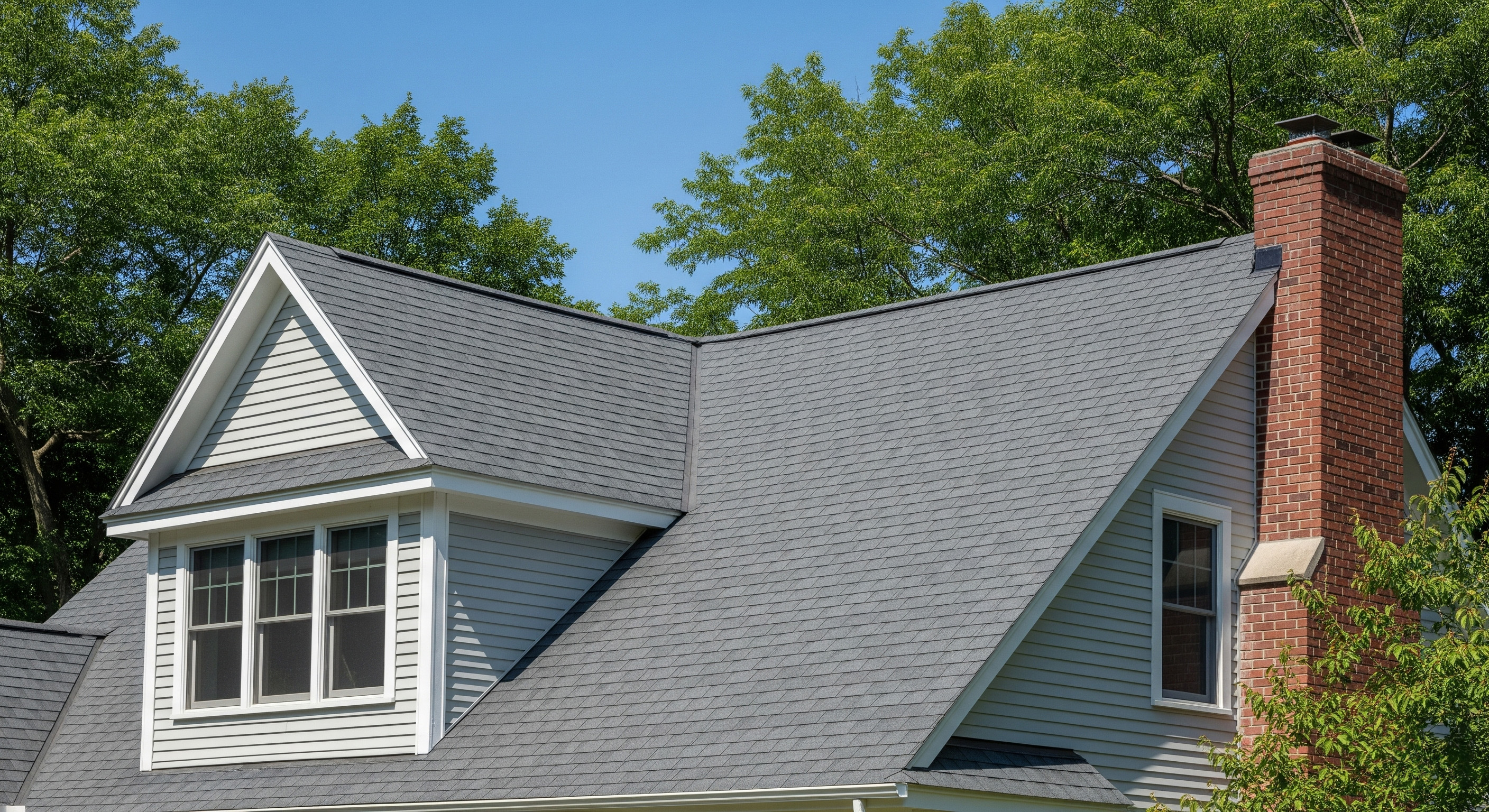
Pros of Composite Roof Shingles
Durability
Long Lasting
One of the major advantages of composite roof shingles is their durability. They are designed to last for a long time, from 30 to 50 years. This long lifespan can save homeowners money in the long run, as they will have to replace their roof less frequently than they would with other roofing materials.
Resistance to Weather Conditions
Composite shingles hold up well in various weather conditions. They are able to withstand high winds, heavy rain, and even hail. This level of resistance can provide peace of mind, especially in regions that experience harsh weather.
Fire Resistance
Many composite shingles come with a Class A fire rating, which is the highest fire resistance level. This feature can add an extra layer of protection to your home.
Low Maintenance
Unlike some other roofing materials, composite roof shingles require very little maintenance. They do not warp, split, or decay over time, which can keep your roof looking new for longer.
Versatility
Composite roof shingles come in a variety of colors, styles, and textures. This versatility allows homeowners to choose a design that fits their personal style and complements the exterior of their home.
Eco-friendly
Composite shingles are often made from reclaimed materials, such as recycled plastics or rubber. This not only makes them a more sustainable choice, but also lends them a strong and long-lasting quality.
Cons of Composite Roof Shingles
Price
One of the main downsides of composite roof shingles is their cost. They tend to be more expensive than their asphalt counterparts, which can deter some homeowners. However, the long lifespan and durability of composite shingles can end up saving money in the long run.
Installation
Composite shingles are heavier than other types of roofing materials, which can make them more difficult to install. This could mean higher installation costs or the need for professional installers.
Performance in Extreme Temperature
While composite roof shingles fare well in various weather conditions, they can be prone to damage in extremely cold climates. In such conditions, the shingles can become brittle and may crack.
Color Fading
Over time, the color of composite shingles may fade. While this doesn't affect the performance of the shingles, it could lead to the roof losing its aesthetic appeal.
Environmental Considerations
While the composition of shingles may include recycled materials, there are still environmental considerations. The manufacturing process can emit greenhouse gases and once the shingles have outlasted their usefulness, they end up in landfills.
Differential Aging
All shingles in a roof may not age at the same rate resulting in an inconsistent appearance over time. This can be caused by varying exposure to sun and other environmental factors.

Myths and Misconceptions About Composite Roof Shingles
In the world of roofing, composite roof shingles, also known as asphalt shingles, are among the most popular choices for homeowners across the globe. However, there are quite a few myths and misconceptions about composite roof shingles, which may hinder their acceptance or create confusion among home and business owners.
Myth 1: Composite Roof Shingles are not Durable
Fact:
Contrary to popular belief, composite shingles offer high durability. They are designed to withstand varying weather conditions with excellent resistance against wind, rain, snow, and heat. They often come with long-term warranties, some up to 50 years, due to their proven durability.
Myth 2: Composite shingles offer a cheap look
Fact:
Composite shingles have come a long way from the single color, monotonous look. Today, they are available in many styles, textures, and colors, mimicking the aesthetic of more high-end materials like slate or wood shakes. Therefore, they can enhance curb appeal just as much as more expensive materials.
Myth 3: All Composite Shingles are the Same
Fact:
Composite shingles come in a wide variety of grades and types, each with different levels of thickness, durability, and style. The budget-friendly 3-tab shingles are a common choice for many homeowners. Architectural and premium shingles, though costlier, offer high-end aesthetics and better wind resistance.
Myth 4: Composite Roof Shingles are Bad for the Environment
Fact:
While it's true that composite shingles are petroleum-based and non-recyclable in many places, many manufacturers are moving towards more sustainable practices. They have started using recycled materials and used shingles in road construction, reducing waste. Plus, their longevity reduces the need for frequent replacements, which helps in conservation of resources overtime.
Myth 5: Composite Shingles Require a lot of Maintenance
Fact:
Like any other roofing material, composite shingles do require some maintenance, but not as extensive as some may believe. Regular inspection and cleaning are typically enough to maintain them in good condition. Any damaged shingles can be individually replaced without disturbing the rest of the roof.
Myth 6: Composite Shingles are not Fire-Safe
Fact:
Composite shingles are not inherently fire-safe. However, most are treated with fire-resistant coatings that provide a high degree of protection against fires. Many asphalt shingles are classified as Class A—the highest rating for fire-resistance.
Myth 7: You Can Install Composite Shingles Yourself
Fact:
Roof installation is a complex process that often requires professional knowledge and experience. Poorly installed roofs can lead to leakage, damage, and might void the warranty. Hence, it's always recommended to hire professionals for installing composite shingles.
Myth 8: Composite Shingles are only for Certain Roof Styles
Fact:
Composite shingles are versatile and can accommodate a variety of roof styles. Whether it's a flat roof, a slope, or a complex architectural design, composite shingles can be designed to fit most roof types.
In conclusion, when considering composite shingles, it's important to get the facts straight and not get swayed by misconceptions. This roofing material provides durability, versatility, and aesthetic appeal at an affordable cost, making it an ideal choice for many homeowners.
Summary
Roofing can be a headache, yet choosing composite roof shingles for your home is a decision you won't regret. They're weather-resistant, durable, and really add to the look of any building. Not only that, they're often made from recycled materials. So, you're enhancing the appearance of your property, getting excellent protection from the elements, and helping to reduce waste - it's a win-win.
When you're doing any kind of renovation or construction work, there are tons of choices to make. Picking composite roof shingles might seem like a small choice, but it has a big impact. Not only do these shingles offer longevity and easy maintenance, but they're also available in a wide array of colors and styles. This means you can find something that matches your house perfectly. The aesthetic value is just another feather in the cap for composite shingles.
Let's not forget the value for money aspect. Composite roof shingles might cost a little more upfront, but that's an investment into the future and an investment into the planet. These shingles last longer, need less maintenance, and are often made from recycled materials. So in the long run, you're saving money, and doing your bit for the environment too. Life's about making smart choices, and opting for composite roof shingles is definitely one of them.
About GVD Renovations & Remodeling
At GVD Renovations & Remodeling, we're resolute in our mission to transform homes into breathtaking spaces! Based in the charming city of Roseville, CA, we combine unrivaled craftsmanship, innovative designs, and top-tier customer service to deliver results that are nothing short of stunning. From kitchen and bathroom makeovers to full home remodeling, we're your go-to team for quality work that's customized to fit your unique style and needs. We give every project our full attention, ensuring your vision becomes your reality. Drop by our Roseville location and meet the team that's reshaping the way people think about home renovation. We'd love to show you how we bring dreams to life!
This article is for general information only and not professional advice. Always consult a licensed contractor before making project decisions. Product details, specifications, or warranties may have changed since publication. Brand and product mentions reflect opinion, not endorsements or guarantees.
Tags: roofing, construction, home renovation,
